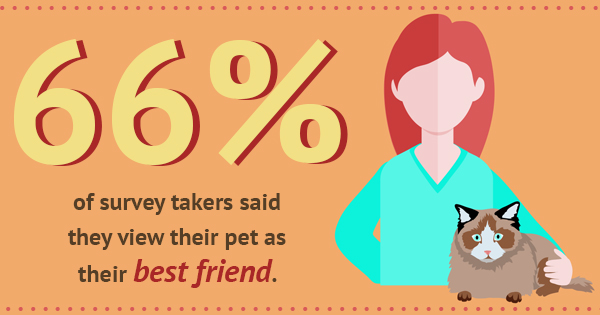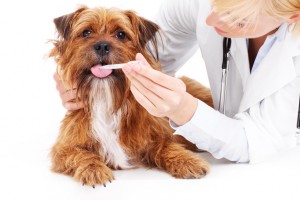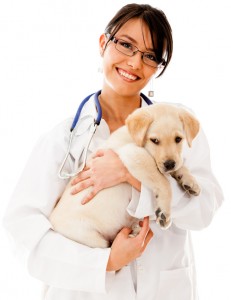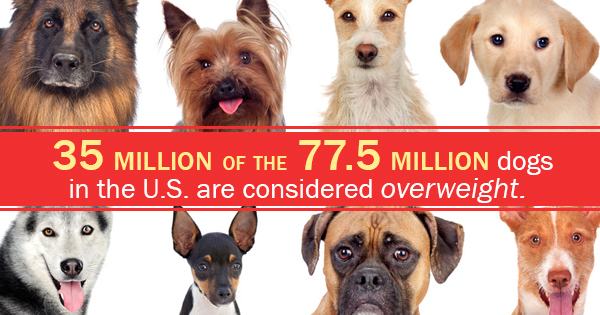
Warm days & cool nights announce fall is here and winter’s chill is just around the corner. Pet owners may not be aware of seasonal fall threats for their beloved furry family members. Here’s some fall & winter pet care tips for you to have a great holiday season.
Did you know that walking in the woods with your dog to admire fall leaves has lurking toxins? Yes, those wild mushrooms are not to be eaten. Seasonal feeding frenzies of ticks can make your dog a walking buffet meal as well. Outdoor allergies may bother both you & your pet. More time indoors with the dry heat in the house can also exacerbate indoor allergy problems just like us. Colder weather can also make arthritis start flaring up in your mature or senior pet. If you are moving plants inside for winter, make sure your pet doesn’t have access to any potentially poisonous plant nibbling. Other poisons are also available in cooler weather. Are you checking your car’s antifreeze? It is highly toxic to pets but very sweet & tempting. Be sure no antifreeze has leaked out to sicken any animals. Rodents are also on the move to warmer quarters so be aware that most rodenticides are deadly to your pets as well. Fall is a beautiful time of year. Enjoy and as always, be aware for the sake of your favorite furry friends. If you have questions, EZ Vet is always happy to answer any questions you may have. We want to team with you to keep your pets part of your family for many, many years.

 Thanksgiving is right around the corner, its time for reflection, expressing gratitude and gatherings of friends and family and of course food. The temptation for sharing your holiday food is hard to resist, as most of us relate sharing food with expressing love . As a result, thanksgiving is also a time for visiting the veterinarian or emergency , where dogs end up when they over indulged. We have prepared a list of Thanksgiving meal do’s and don’ts for pets to help your keep your pets healthy this holiday season and prevent unexpected holiday emergency and diversion.
Thanksgiving is right around the corner, its time for reflection, expressing gratitude and gatherings of friends and family and of course food. The temptation for sharing your holiday food is hard to resist, as most of us relate sharing food with expressing love . As a result, thanksgiving is also a time for visiting the veterinarian or emergency , where dogs end up when they over indulged. We have prepared a list of Thanksgiving meal do’s and don’ts for pets to help your keep your pets healthy this holiday season and prevent unexpected holiday emergency and diversion.


 When you have made the decision to adopt a pet, you take on the responsibility of a life. It is up to you to ensure that your pet stays happy and healthy. With 47% of American households owning a dog and 37% owning a cat, pet care is a popular topic that more people need to be knowledgeable on. About 66% of pet owners say their pet is their best friend so it is essential to keep them happy and to get them any urgent pet care they may need. Read on for our three tips to help out your pets!
When you have made the decision to adopt a pet, you take on the responsibility of a life. It is up to you to ensure that your pet stays happy and healthy. With 47% of American households owning a dog and 37% owning a cat, pet care is a popular topic that more people need to be knowledgeable on. About 66% of pet owners say their pet is their best friend so it is essential to keep them happy and to get them any urgent pet care they may need. Read on for our three tips to help out your pets!
 According to the American Society for the Prevention of Cruelty to Animals, an estimated 70 to 80 million dogs and 74 to 96 million cats are owned. These pets are loved and cared for, and are seen as part of the family. However, there are millions of pets that are homeless or in shelter, and can’t get the care and attention they need. One of the major contributors of the influx of homeless pet is a pet owner’s neglect to spay or neuter their pet. Here is some more information about the benefits of spaying and neutering your pet, and the best time to bring them to an animal hospital for the procedure.
According to the American Society for the Prevention of Cruelty to Animals, an estimated 70 to 80 million dogs and 74 to 96 million cats are owned. These pets are loved and cared for, and are seen as part of the family. However, there are millions of pets that are homeless or in shelter, and can’t get the care and attention they need. One of the major contributors of the influx of homeless pet is a pet owner’s neglect to spay or neuter their pet. Here is some more information about the benefits of spaying and neutering your pet, and the best time to bring them to an animal hospital for the procedure. We all love our furry companions, but for many owners it can be difficult to find the time to give their dogs the kind of attention and care they need to stay happy and healthy pets. The average lifespan of a dog varies from 8 to 16 years, depending on breed, size, genetics, and proper pet care. However, a pet that doesn’t get the right amount of exercise has the real threat of obesity, which can severely reduce a dog’s lifespan.
We all love our furry companions, but for many owners it can be difficult to find the time to give their dogs the kind of attention and care they need to stay happy and healthy pets. The average lifespan of a dog varies from 8 to 16 years, depending on breed, size, genetics, and proper pet care. However, a pet that doesn’t get the right amount of exercise has the real threat of obesity, which can severely reduce a dog’s lifespan.